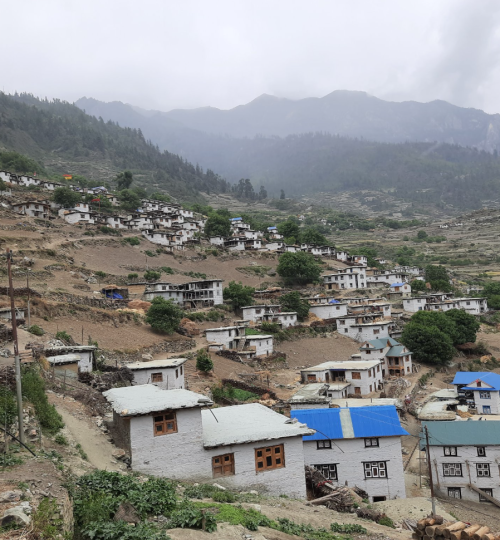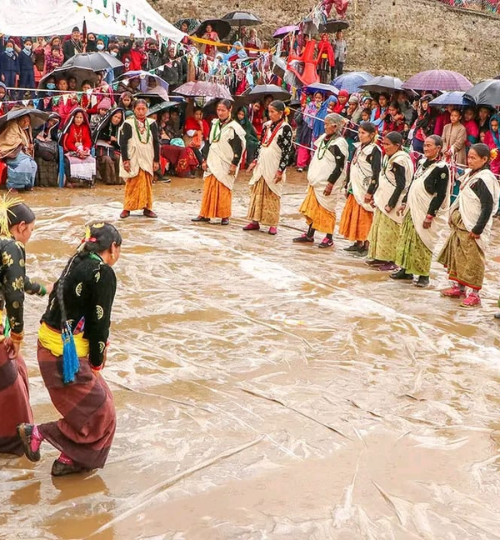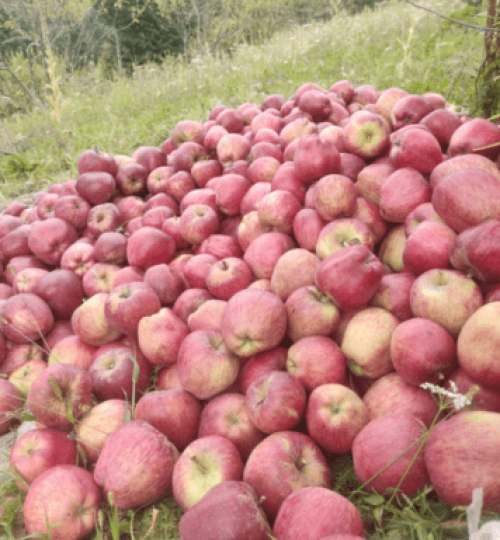Discover Dolpa: Tales of Heritage & Culture
History of Dolpa
Dolpa, a land of untouched beauty and ancient traditions, holds a rich history deeply intertwined with Tibetan Buddhism and Himalayan culture. Once a vital trade route between Nepal and Tibet, this remote region has preserved its unique heritage for centuries. From the mystical Bon religion to its connection with historic kingdoms, Dolpa’s story is a journey through time, resilience, and spiritual significance.

Emergence in Historical Records: Dolpo first appears in historical documents around this time, marking its significance in the region's history.

Subordination to the Kingdom of Lo: Dolpo fell under the control of the Kingdom of Lo (Mustang), which managed the trans-Himalayan trade route through the Kali Gandaki Gorge, highlighting Dolpo's role in regional commerce.

Integration into the Kingdom of Nepal: The Gorkhas established the Kingdom of Nepal, eventually incorporating Dolpo, marking a significant transition in the region's governance.

Visit by David Snellgrove: The British Tibetologist's extended stay brought Western attention to Dolpo, highlighting its cultural and historical significance.

After 1963, MP Laxmi Sharan Sharma officially relocated Dolpa’s district headquarters to Dunai, establishing it as the administrative center.
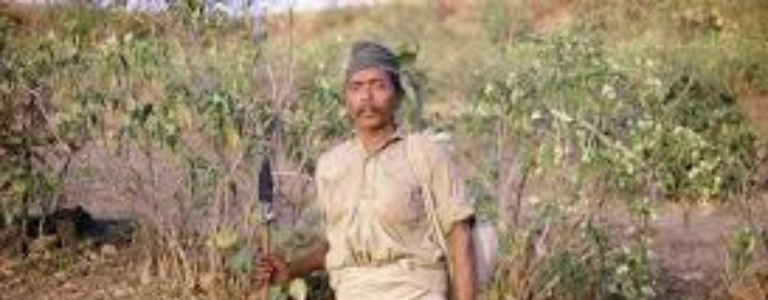
In the 1970s, the introduction of the Hulak (postal service) in Dolpa greatly improved communication, connecting this remote region to the rest of Nepal.
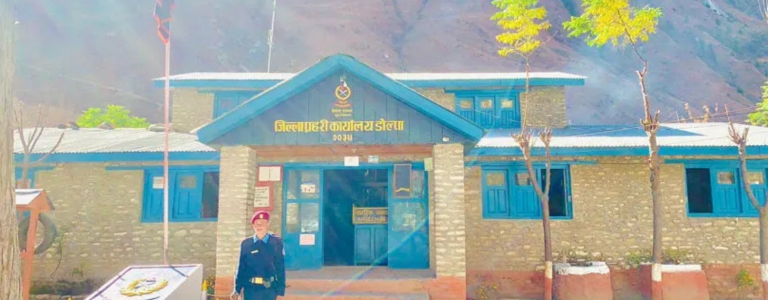
The establishment of the police force in Dolpa strengthened law enforcement, ensuring security, maintaining order, and supporting the local community in this remote Himalayan region.
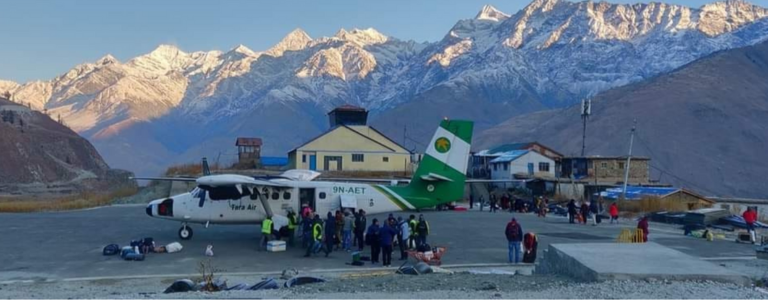
The establishment of Dolpa Airport, also known as Juphal Airport, in 1978 significantly improved air connectivity, providing easier access to this remote region
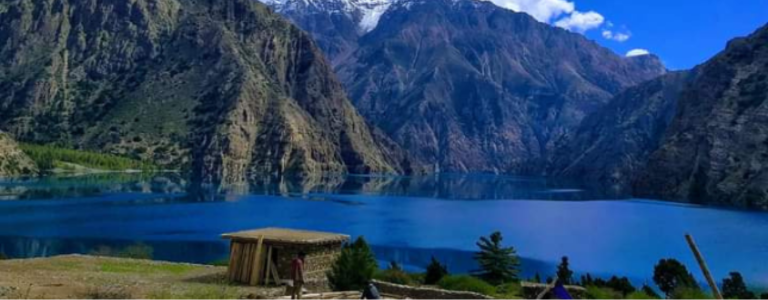
In 1984, Shey Phoksundo National Park was established as Nepal's largest national park, covering much of Dolpo to protect its unique biodiversity and natural heritage.
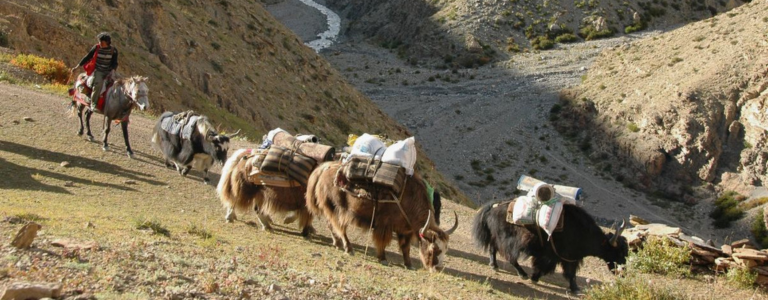
In the 1990s, the construction of the first road connections began, linking Dolpa to neighboring districts and improving access to this remote region

Tapriza School, established in 1998, integrates Tibetan language, Bon religion, and local culture into the national curriculum, preserving Dolpo’s traditions while providing modern education to local children
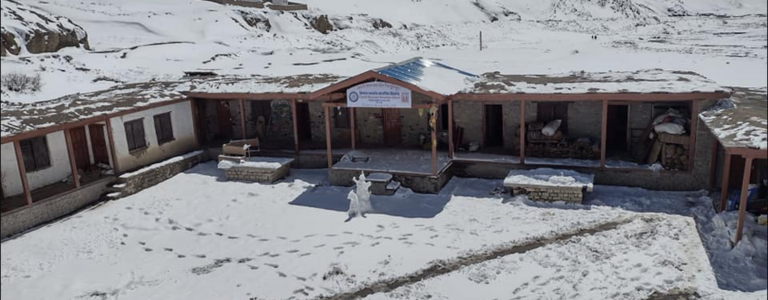
Crystal Mountain School (CMS), established in 1994 in Dho Tarap by Action Dolpo, was the first formal school in Upper Dolpo, serving as the region’s only school for nearly a decade.
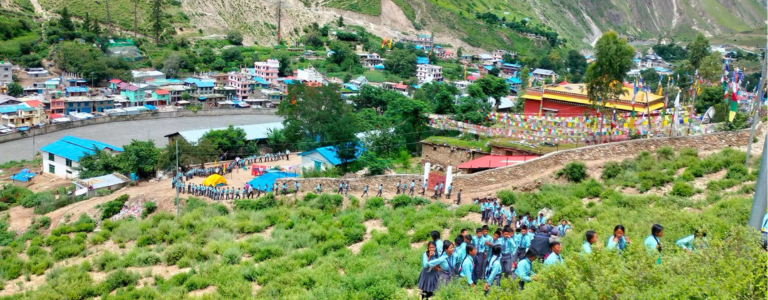
Founded by Angad Kumar Hamal in 1993 AD (2050 BS), Dunai Boarding School became a crucial educational institution in Dolpa. Its success led to the establishment of other boarding schools in the region, improving access to education for children in remote areas.

Saraswati Secondary School in Dunai, Dolpa, inspired the establishment of many other schools, including Adarsha Secondary School (Jhupal), Annapurna Secondary School (Sarmi), and others in Liku, Kaigaun.
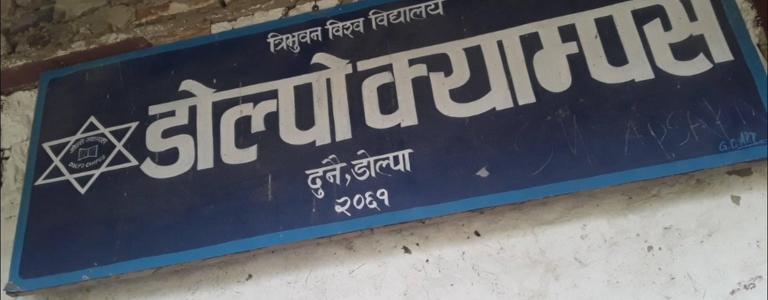
The first campus of Dolpa, located in Dunai, offers higher education opportunities to local students, helping expand educational access in this remote region and contributing to the development of the area.

On September 24, 2000, the Maoist insurgency caused significant political and social unrest in Dolpa, impacting the region's stability and creating a challenging environment for local communities.
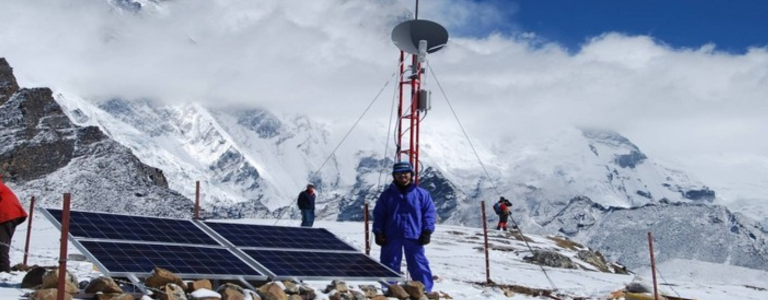
In 2002, Mahabir Pun launched the Nepal Wireless Networking Project, connecting remote villages in Dolpa to the internet and bridging the digital divide in this isolated region.

In 2017, following Nepal’s federal restructuring, Dolpa held its first local elections, electing mayors and ward representatives in two municipalities: Thuli Bheri and Tripurasundari. These elections marked a significant milestone in Dolpa's governance under the new federal system.
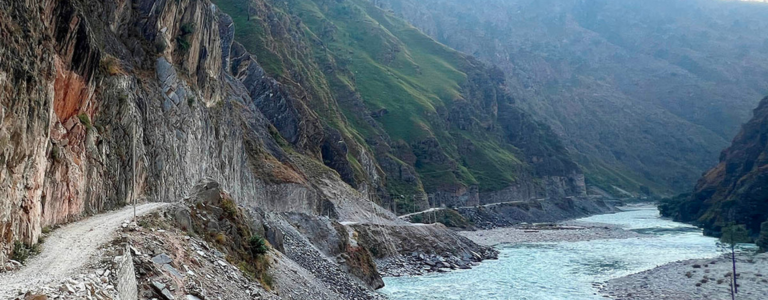
In 2018, the Nepali Army completed the 317 km Bheri Corridor (National Highway 57), significantly improving road connectivity and facilitating easier access to Dolpa and neighboring regions.
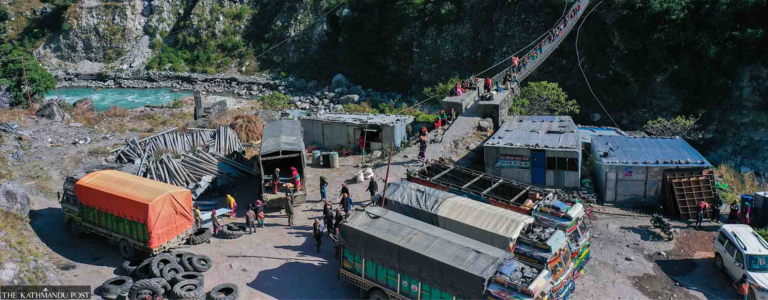
In the 2000s, Dolpa witnessed a historic moment as the first motorized vehicle arrived in the district, marking a significant milestone in transportation and connectivity.
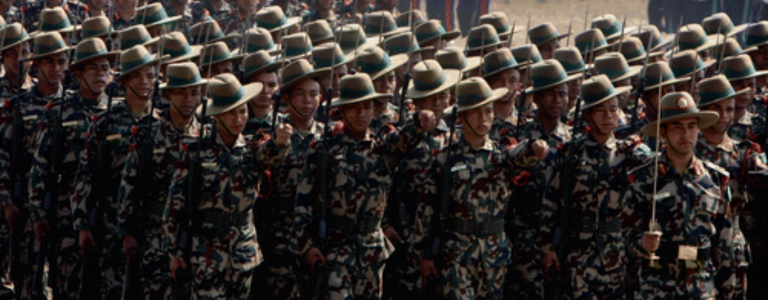
The deployment of the Nepali Army in Dolpa played a crucial role in maintaining national security, safeguarding borders, and assisting in disaster response and infrastructure development.
Dolpa’s Culture & Heritage
Dolpa’s rich cultural heritage is a blend of ancient Tibetan Buddhist traditions and Himalayan lifestyle. From vibrant festivals to serene monasteries, it’s a journey into the heart of the Himalayas.
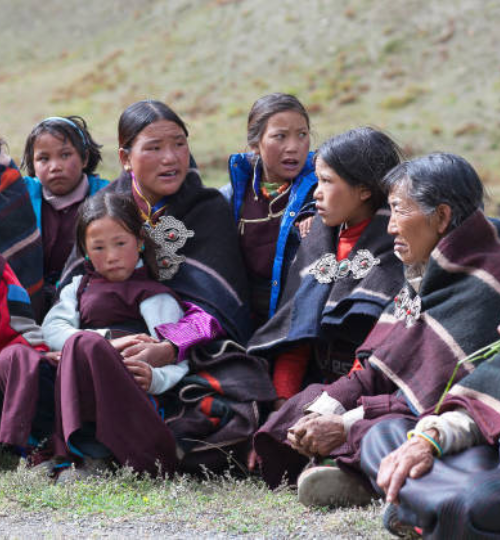
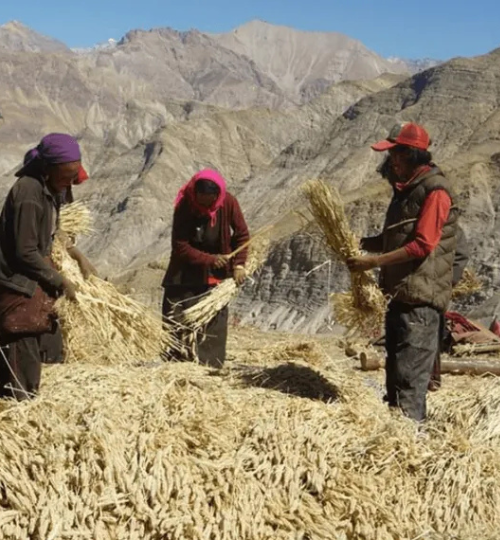
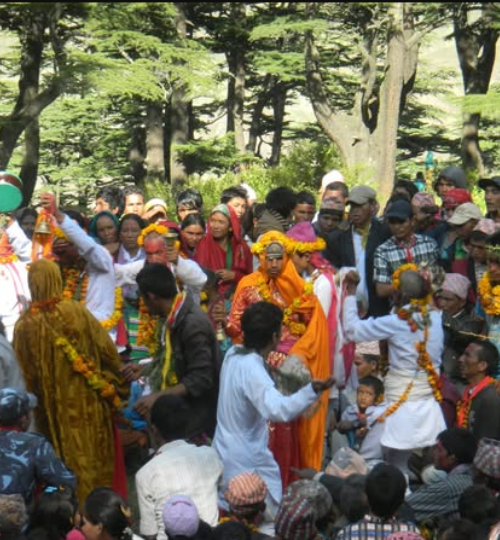
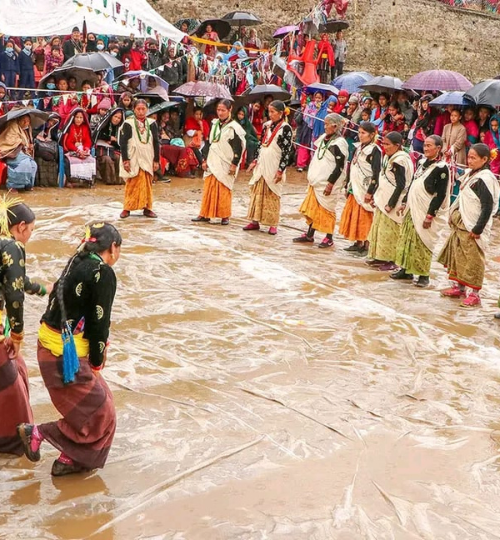
Upper Dolpa: The Mystical Frontier
A remote, untouched region of rugged landscapes, ancient monasteries, and Tibetan traditions. From turquoise Phoksundo Lake to snow-capped peaks, it’s a journey into the heart of the Himalayas.
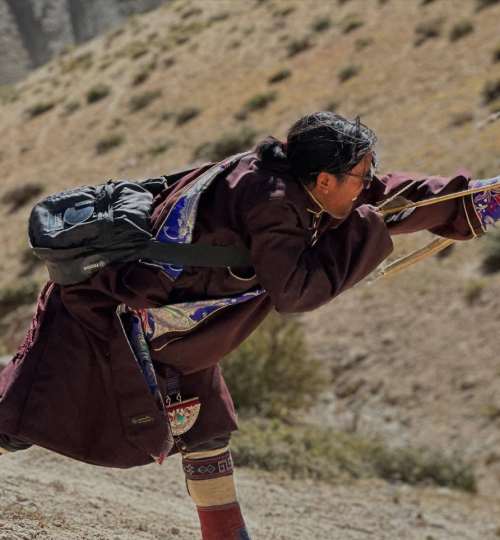
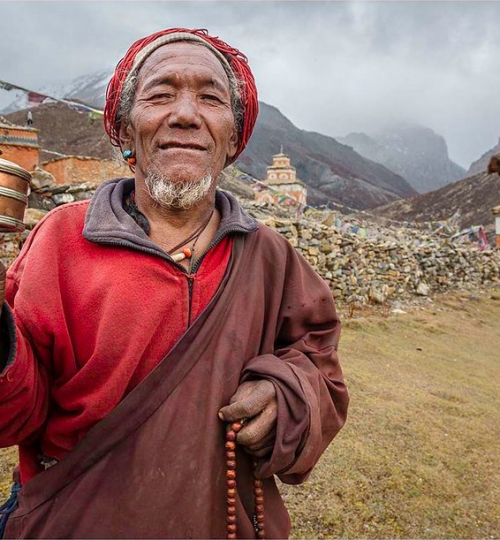
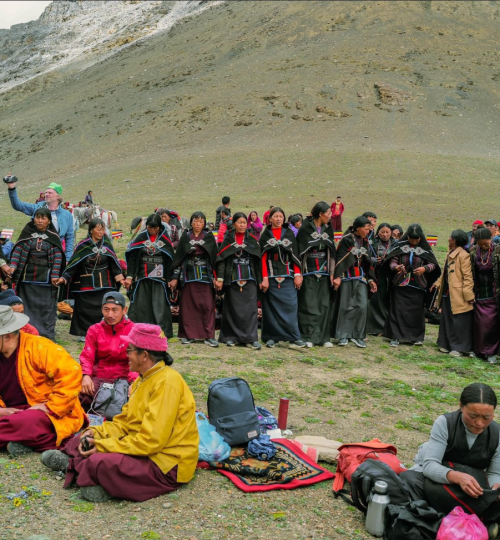

Lower Dolpa: Gateway to the Himalayas
A blend of natural beauty and cultural charm, featuring Dunai’s bustling markets, Tripura Sundari Temple, and lush trails leading to the mystical Upper Dolpa. Adventure starts here.
